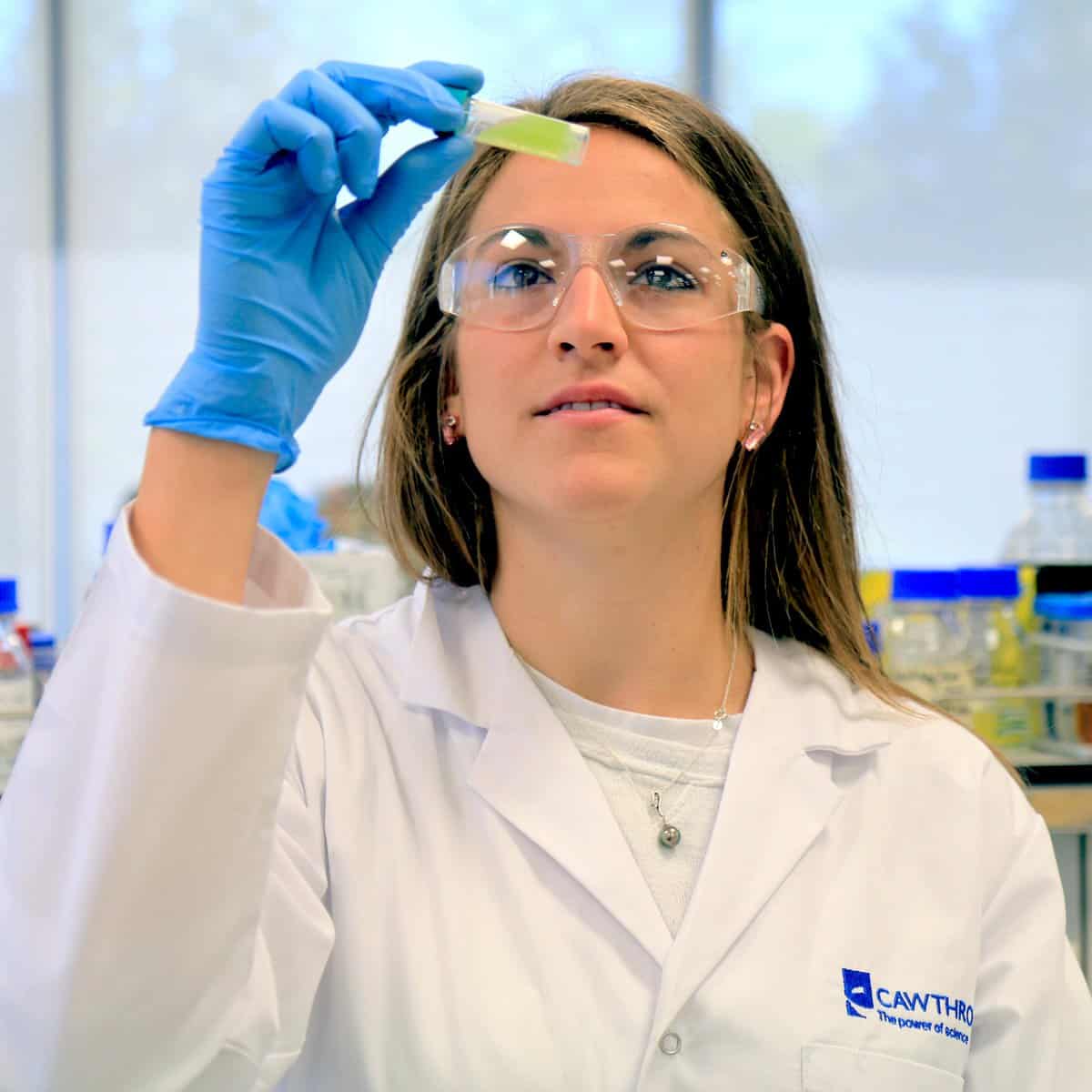Case Study: Seafood Safety Platform provides certainty about low food safety risk of marine toxin TTX
September 2020
Recent Cawthon Institute research has uncovered a new lead that might help to identify the source of the potentially deadly marine toxin ‘TTX’ found in some types of seafood worldwide.
Ground-breaking research by scientists at the Cawthron Institute has found a potential link between cyanobacteria, blue-green algae that can cause harmful algal blooms, and tetrodotoxin (TTX) in pipi, a common clam species in New Zealand with significant cultural value for tangata whenua.
The research was conducted as part of the Cawthron Institute-led Seafood Safety Research Platform – a collaborative research programme involving scientists from AgResearch, Plant & Food Research, and Environmental Scientific Research Ltd. It represents a partnership between scientists, key seafood industries and regulatory stakeholders to protect public health and the interests of New Zealand’s $2.0B seafood export industry.
TTX is a potent neurotoxin that has been responsible for many human intoxications and deaths around the world, primarily from consumption of pufferfish (or fugu, a Japanese delicacy). The types of organism that contain TTX are remarkably diverse, being found in marine, freshwater, and terrestrial environments. The source of this toxin remains a scientific mystery although it is thought to be made by microbes.

In response to increased national and global concern about the presence of TTX in shellfish, the Cawthron Institute, together with the Ministry for Primary Industries (MPI), conducted a survey of various shellfish species at sites around New Zealand between 2016 and 2018. Although low levels of TTX were found in several species of shellfish, the level and proportion of detections in pipi was high. While not at a level that would cause serious health concerns, this was still a surprising result that warranted further research.
Cawthron scientist Laura Biessy began investigating this issue as part of her PhD studies in collaboration with the University of Waikato and the New Zealand Food Safety Science and Research Centre (NZFSSRC). Her goal was to use a molecular technique called ‘metabarcoding’ to analyse the microbial community present in the tissues of both toxic and non-toxic pipis from around New Zealand. A key finding of the study was a potential link between marine cyanobacteria and TTX, as cyanobacteria was found in the digestive system of toxic pipis, but not in non-toxic pipis. Until now, cyanobacteria have not been considered as a possible TTX source with most studies focusing on bacteria (mostly Vibrio species) as potential producers, although it has never been definitively proven. While more investigation is required to confirm this link, it is a promising step forward in the hunt for the elusive source of this toxin and understanding the food safety risks it might pose.
It is crucial to understand the origin and mechanism in which the toxin enters the food supply to manage the risk associated with TTX in edible seafood. Laura intends to confirm the presence of the same cyanobacteria in other TTX-containing seafood species in New Zealand and globally, for example mussels and oysters from Japan and Europe, and to then try and cultivate these cyanobacteria to see if they produce the toxin.
Although there have not been any reports of any illness in New Zealand from consuming seafood containing TTX, it seems likely that the prevalence of TTX in shellfish will increase, especially if our climate continues to change and anthropogenic pressures on waterways intensify. If it does, the New Zealand seafood industry can be confident that they are well prepared.
A recently developed multi-toxin detection method by the Cawthron Institute allows TTX to be incorporated into current monitoring programmes without adding significant cost or time. This approach means monitoring these toxins is simplified and gives a more accurate assessment of the risk they pose to shellfish consumers.
New Zealand Food Safety (MPI) toxicologist Jeane Nicholas applauded the development and commented that “the results of toxicology studies undertaken in New Zealand on marine biotoxins have played a key role in developing a sustainable strategy for monitoring these toxins in non-commercial and commercial shellfish”.